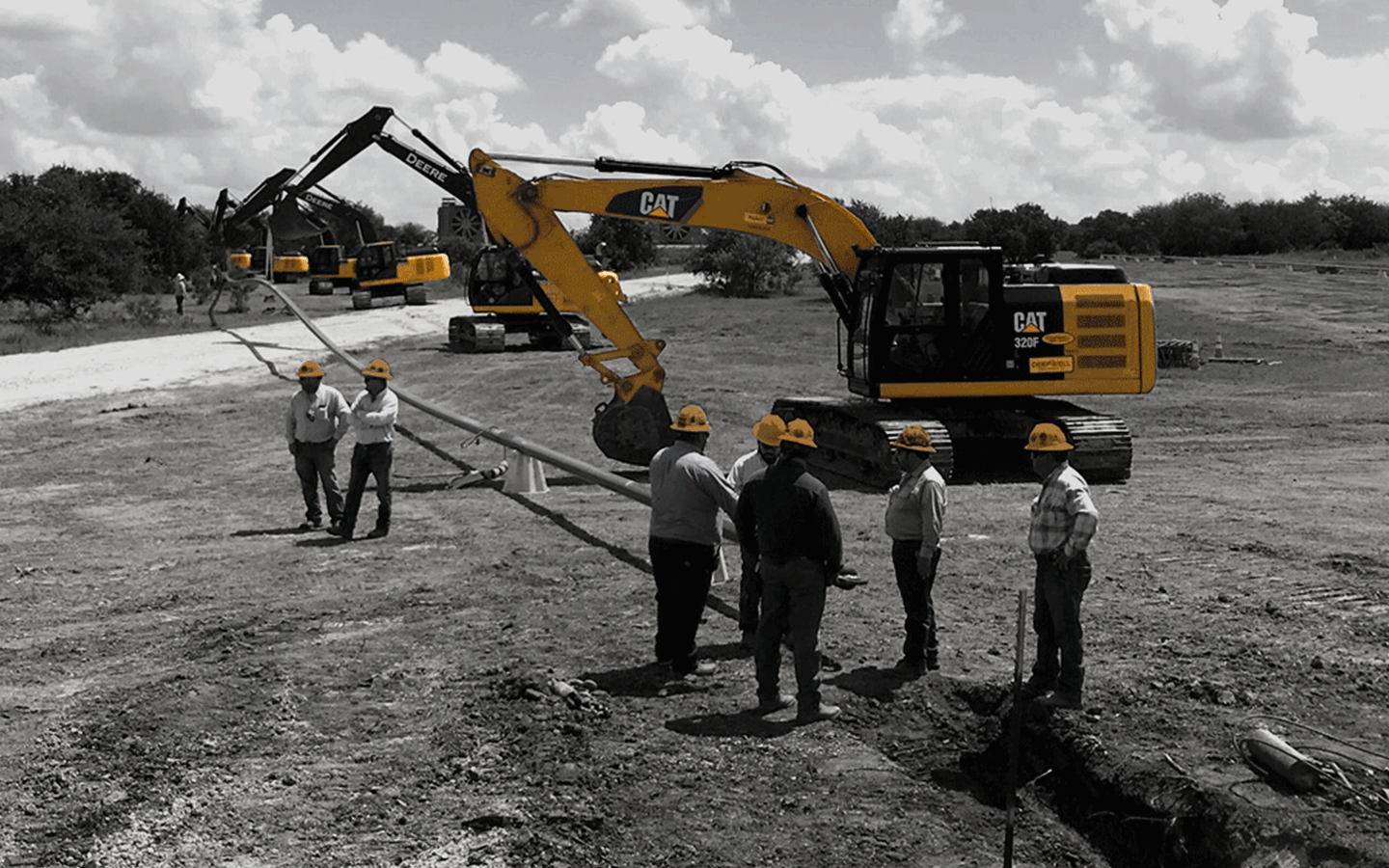All Concerning Oil Field Equipment and Pipeline Equipment: Secret Insights and Vital Details
Oil field equipment and pipeline systems play a pivotal duty in the oil and gas sector. They are vital for the efficient extraction and transport of hydrocarbons. Key elements, such as drilling rigs and tank, straight impact functional success. On the other hand, innovations in technology guarantee to improve safety and efficiency. Understanding these aspects is important for anybody associated with or thinking about this intricate sector, as it establishes the stage for deeper exploration of market techniques.

Overview of Oil Field Equipment
As the need for oil remains to expand, recognizing the equipment made use of in oil areas ends up being increasingly necessary. Oil field equipment incorporates a vast array of machinery and devices essential for exploration, extraction, and processing. Secret parts include drilling rigs, which are essential for getting to oil storage tanks, and manufacturing devices, such as separators and pumps, that assist in the removal process. Superior Rentals Contact. In addition, tank play a substantial role in holding unrefined oil prior to transportation. Safety and security tools, consisting of blowout preventers and pressure determines, ensures operational safety and security and effectiveness. Each item of tools features cohesively to maximize production and keep reliable workflow. Experience with this devices is necessary for specialists in the industry to guarantee successful procedures and adherence to security criteria
Kinds Of Drilling Rigs and Their Applications
Drilling rigs act as the foundation of oil removal operations, with numerous types designed for particular geological problems and operational needs. One of the most typical types consist of rotary boring rigs, which use a rotating drill little bit to pass through the planet, and cable television tool rigs, recognized for their percussion exploration approach. For offshore operations, jack-up rigs and semi-submersible rigs provide stability and support in marine settings. Additionally, directional exploration rigs enable operators to pierce at angles, getting to deposits that are not up and down available. Each rig type has distinct benefits, optimizing efficiency and safety and security based upon the drilling environment. Choosing the appropriate gear is crucial for optimizing resource extraction while decreasing environmental influence and operational expenses.

Essential Pipeline Equipment and Their Functions
Pipeline framework is crucial for the transport of oil and gas from extraction websites to refining centers and end-users. Different essential tools components facilitate this procedure. Pipes themselves work as the primary conduits, developed to endure high stress and corrosive materials. Pump terminals are important for preserving flow by boosting stress along the crawler loader for sale pipeline. Shutoffs play a crucial duty in regulating circulation and separating areas for upkeep. In addition, installations and adapters guarantee secure joints between pipe areas. Monitoring systems, consisting of circulation meters and stress sensors, are important for detecting leaks and maximizing circulation rates. Pigging tools is used for maintenance and cleansing, protecting pipeline integrity and performance. Together, these parts create the backbone of a reputable pipeline system.
Developments and Technologies in Oil and Gas Equipment

Safety And Security and Maintenance Practices in the Oil Industry
While the oil market has actually made significant strides in modern technology and efficiency, the importance of robust security and upkeep techniques can not be overemphasized. Efficient safety and security methods more info here are vital to protect employees and the environment, reducing the risk of mishaps and spills. Regular inspections and upkeep of equipment help recognize prospective issues prior to they intensify, making certain operational integrity. Educating programs for employees are vital, emphasizing the significance of security awareness and emergency situation feedback procedures. In addition, adherence to sector guidelines and criteria fosters a society of safety and security. Carrying out innovative surveillance innovations can even more improve upkeep practices, permitting real-time assessments of devices problems. Ultimately, focusing on safety and upkeep is indispensable to the sustainability and success of the oil industry.
Often Asked Inquiries
What Are the Environmental Impacts of Oil Field Equipment?
The ecological impacts of oil field equipment consist of habitat destruction, water contamination, and air contamination (Superior Oilfield Rentals oilfield). Additionally, tools breakdown can bring about spills, detrimentally impacting wildlife and ecological communities, highlighting the need for stringent policies and tracking
Exactly How Is Oil Field Equipment Carried to Remote Locations?
Transferring oil field equipment to remote areas commonly includes customized cars, helicopters, or barges. Logistics companies coordinate routes, guaranteeing devices arrives securely and effectively, thinking about surface and accessibility to decrease delays and make best use of productivity.
What Regulatory Criteria Govern Oil Field Equipment?
Regulative requirements governing oil field equipment mainly include security, environmental management, and operational effectiveness guidelines. Agencies such as OSHA and EPA implement these regulations to assure risk-free techniques and decrease ecological impact in oil extraction procedures.
What Skills Are Needed to Run Oil Area Machinery?

Exactly How Do Oil Costs Influence Equipment Demand and Usage?
Oil rates significantly affect devices need and use. Higher costs typically cause raised expedition and manufacturing activities, driving see here need for machinery. Conversely, lower costs might lead to lowered procedures and reduced requirement for tools.